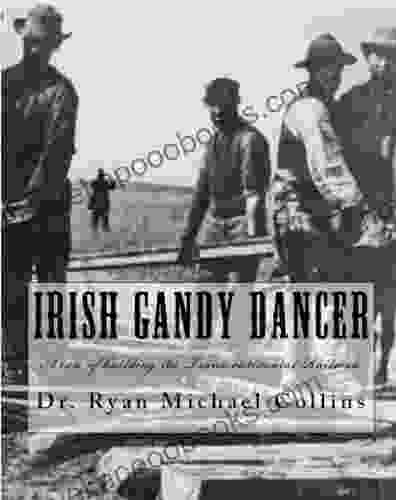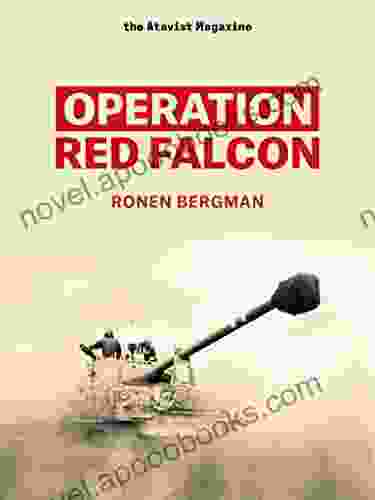Laying the Iron Road: A Saga of Triumph and Tribulation

A Nation Divided, United by Rails
In the mid-19th century, the United States was a land torn by geographical and economic divisions. The eastern and western halves of the country were separated by a vast expanse of untamed wilderness, posing significant challenges to communication, transportation, and the flow of commerce.
The vision of a transcontinental railroad emerged as a transformative solution. It promised to bridge the divide, fostering economic growth, connecting communities, and укрепление the young nation's unity.
4.2 out of 5
| Language | : | English |
| File size | : | 25691 KB |
| Text-to-Speech | : | Enabled |
| Screen Reader | : | Supported |
| Enhanced typesetting | : | Enabled |
| Word Wise | : | Enabled |
| Print length | : | 198 pages |
| Lending | : | Enabled |
The Race to the Rails
In 1862, Congress passed the Pacific Railroad Act, setting the stage for a high-stakes race between two rival railroad companies: the Union Pacific and the Central Pacific.
The Union Pacific, led by the ambitious Thomas Durant, pushed westward from Omaha, Nebraska. The Central Pacific, spearheaded by the resourceful Leland Stanford, began its eastward journey from Sacramento, California.
As the tracks stretched across the untamed landscape, workers faced formidable obstacles. Mountains had to be tunneled through, canyons bridged, and raging rivers tamed. The harsh climate and unforgiving terrain took a heavy toll on the men who toiled tirelessly.
Engineering Marvels and Human Endurance
The construction of the Transcontinental Railroad showcased extraordinary feats of engineering and human endurance.
The Central Pacific's passage through the Sierra Nevada mountains was a testament to ingenuity. Chinese laborers, known for their skill and tenacity, carved tunnels and laid tracks along treacherous slopes.
The Union Pacific faced its own challenges as it traversed the Great Plains. The lack of timber for ties forced them to use buffalo bones as a substitute, a testament to their resourcefulness and determination.
A Clash of Cultures
The construction of the Transcontinental Railroad brought together a diverse workforce, each with its own unique cultural heritage.
Irish immigrants played a vital role in the Union Pacific's expansion, while Chinese laborers formed the backbone of the Central Pacific's workforce. These workers endured harsh conditions, discrimination, and exploitation, but their contributions to the railroad's completion were undeniable.
The Golden Spike: A Moment of Triumph
On May 10, 1869, the tracks of the Union Pacific and Central Pacific met at Promontory Summit, Utah. With a ceremonial golden spike driven into place, the transcontinental railroad was complete.
The nation erupted in celebration. The once-divided country was now physically connected, paving the way for unprecedented economic growth and westward expansion.
Legacy and Impact
The Transcontinental Railroad had a profound impact on the United States, shaping its destiny in countless ways.
- Economic Boom: The railroad opened up vast new markets for goods and services, spurring economic growth and the development of towns and cities along its route.
- Westward Expansion: The completion of the railroad accelerated the settlement of the American West, leading to the growth of states like California, Nevada, and Colorado.
- National Unity: The railroad strengthened the bonds between the eastern and western halves of the United States, fostering a sense of national identity and purpose.
- Technological Innovation: The railroad's construction fueled advances in engineering, construction techniques, and transportation technology.
Exploring the Transcontinental Railroad Today
The legacy of the Transcontinental Railroad lives on today. Visitors can explore historic sites, museums, and interpretive trails that tell the story of this epic endeavor.
The Golden Spike National Historical Park, located at Promontory Summit, Utah, is a must-see destination. Visitors can witness the exact spot where the final golden spike was driven, step into historic locomotives, and learn about the challenges and triumphs of the railroad's construction.
Other notable sites include the Union Pacific Railroad Museum in Omaha, Nebraska, and the California State Railroad Museum in Sacramento, California. These museums showcase artifacts, exhibits, and educational programs that bring the history of the Transcontinental Railroad to life.
The Transcontinental Railroad is a testament to the indomitable spirit and ingenuity of the American people. Its construction was a triumph over adversity, a symbol of unity, and a catalyst for unprecedented growth and prosperity.
By delving into the captivating tale of the Transcontinental Railroad, we gain a deeper appreciation for the sacrifices and achievements of those who built this iconic feat. Its legacy continues to inspire generations, reminding us of the transformative power of human ambition and perseverance.
Discover the Epic Journey
Immerse yourself in the captivating story of the Transcontinental Railroad with our comprehensive e-book. Uncover the challenges, triumphs, and lasting impact of this extraordinary feat that shaped the destiny of a nation.
Download your copy today!
4.2 out of 5
| Language | : | English |
| File size | : | 25691 KB |
| Text-to-Speech | : | Enabled |
| Screen Reader | : | Supported |
| Enhanced typesetting | : | Enabled |
| Word Wise | : | Enabled |
| Print length | : | 198 pages |
| Lending | : | Enabled |
Do you want to contribute by writing guest posts on this blog?
Please contact us and send us a resume of previous articles that you have written.
 Book
Book Novel
Novel Page
Page Chapter
Chapter Text
Text Story
Story Genre
Genre Reader
Reader Library
Library Paperback
Paperback E-book
E-book Magazine
Magazine Newspaper
Newspaper Paragraph
Paragraph Sentence
Sentence Bookmark
Bookmark Shelf
Shelf Glossary
Glossary Bibliography
Bibliography Foreword
Foreword Preface
Preface Synopsis
Synopsis Annotation
Annotation Footnote
Footnote Manuscript
Manuscript Scroll
Scroll Codex
Codex Tome
Tome Bestseller
Bestseller Classics
Classics Library card
Library card Narrative
Narrative Biography
Biography Autobiography
Autobiography Memoir
Memoir Reference
Reference Encyclopedia
Encyclopedia Sandra F Rief
Sandra F Rief Pearson Education
Pearson Education Patrick Schnalzer
Patrick Schnalzer Terrence Real
Terrence Real Nick Kalyn
Nick Kalyn Noel Streatfeild
Noel Streatfeild Penny Colman
Penny Colman Paterson Joseph
Paterson Joseph Preston Smith
Preston Smith Nigel Freestone
Nigel Freestone Rhonda Lee Carver
Rhonda Lee Carver Paul Lendvai
Paul Lendvai Ray Mcginnis
Ray Mcginnis Paul Pierson
Paul Pierson Otis R Bowen
Otis R Bowen Pierre Corneille
Pierre Corneille Xiaobo Liu
Xiaobo Liu Rae B Lake
Rae B Lake Stephen Paul West
Stephen Paul West Norman Girvan
Norman Girvan
Light bulbAdvertise smarter! Our strategic ad space ensures maximum exposure. Reserve your spot today!
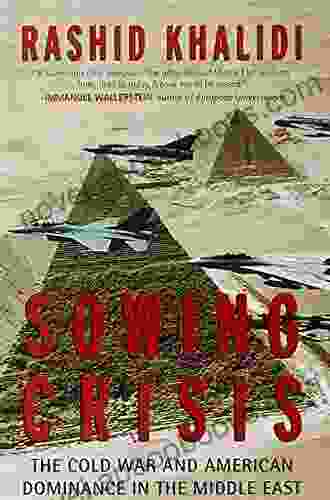
 George R.R. MartinThe Cold War and American Dominance in the Middle East: An Immersive Journey...
George R.R. MartinThe Cold War and American Dominance in the Middle East: An Immersive Journey...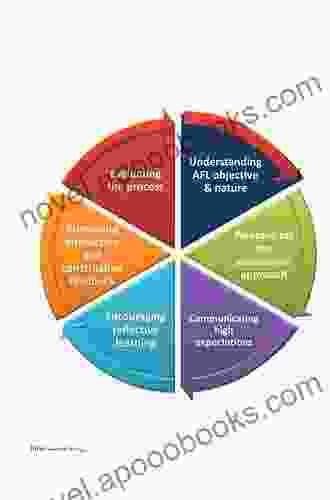
 Boris PasternakAdolescent Literacy In The Academic Disciplines: Unlocking Student Potential
Boris PasternakAdolescent Literacy In The Academic Disciplines: Unlocking Student Potential Bryce FosterFollow ·6.6k
Bryce FosterFollow ·6.6k Truman CapoteFollow ·19.4k
Truman CapoteFollow ·19.4k Darrell PowellFollow ·3.1k
Darrell PowellFollow ·3.1k Melvin BlairFollow ·17.3k
Melvin BlairFollow ·17.3k Ron BlairFollow ·16.4k
Ron BlairFollow ·16.4k Dwight BellFollow ·11.9k
Dwight BellFollow ·11.9k Mark TwainFollow ·18.7k
Mark TwainFollow ·18.7k Quentin PowellFollow ·17k
Quentin PowellFollow ·17k
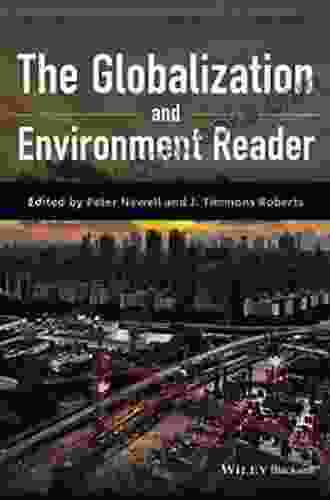
 Shaun Nelson
Shaun NelsonUnlocking the Intricate Nexus: The Globalization and the...
In an era marked by...

 Robin Powell
Robin PowellLast Summer at the Golden Hotel: A Captivating Journey of...
Synopsis: A Transformative Summer at...
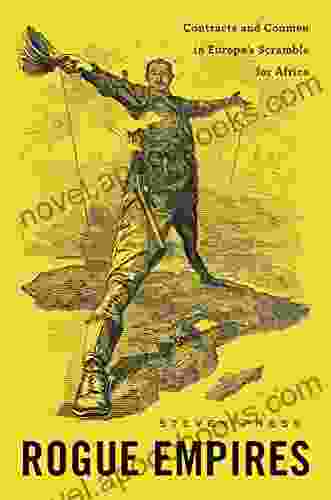
 Gabriel Mistral
Gabriel MistralContracts And Conmen In Europe Scramble For Africa
The late 19th and early...

 Glenn Hayes
Glenn HayesThe Story of the United States' Longest Wildcat Strike: A...
Prologue: The...

 Evan Hayes
Evan HayesBritain Empire Resistance Repression And Revolt:...
: The Tapestry of...
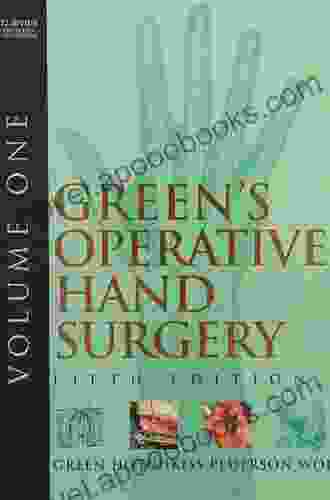
 Eddie Bell
Eddie BellGreen's Operative Hand Surgery: The Ultimate Guide for...
Green's Operative Hand Surgery is the...
4.2 out of 5
| Language | : | English |
| File size | : | 25691 KB |
| Text-to-Speech | : | Enabled |
| Screen Reader | : | Supported |
| Enhanced typesetting | : | Enabled |
| Word Wise | : | Enabled |
| Print length | : | 198 pages |
| Lending | : | Enabled |


